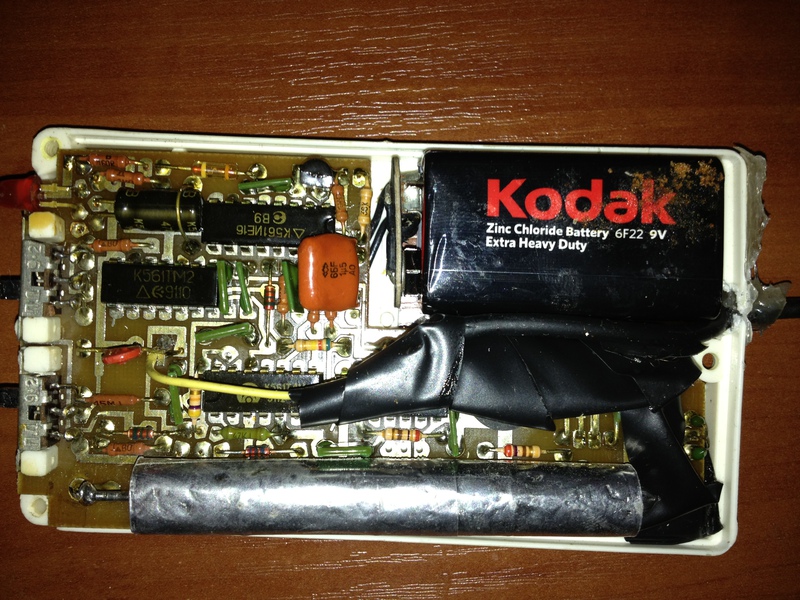We teach the phone to count gamma quanta or the second life of the old Soviet household dosimeter DBG-0.5B ...
Response to the DORA project
habrahabr.ru/post/132351
habrahabr.ru/post/143791


Once with friends we decided to visit a place whose name has been terrifying the whole world for 27 years and has become common for many - Chernobyl. Of course, in order not to get to where you should go and accidentally pick up anything superfluous, we decided to acquire elementary radiation signaling devices that would give elementary sounds, by the repetition frequency of which it would be possible to judge what danger the area poses on which you are.
Interested, please go under the habracat.
How it all began
At the aukro.ua online auction, I purchased a DBG-0.5B household dosimeter for 170 UAH (635 rubles or $ 21). Such a funny little thing for itself, one of the drawbacks of which was the lack of a display, instead of which a sticker was glued on the dosimeter.
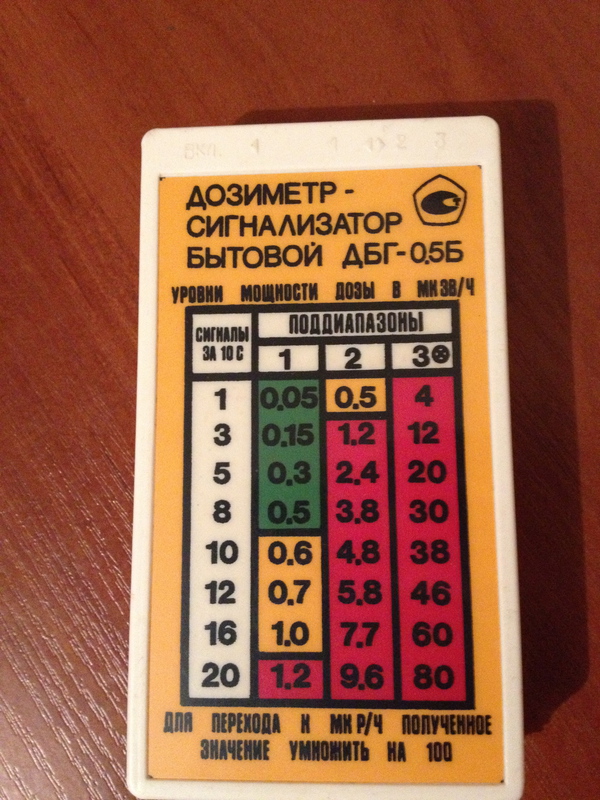
The sticker shows a table, according to which you can tentatively assess the level of radiation by measuring the number of sounds made in a time of 10 seconds. There is also a toggle switch that allows you to switch to different ranges, thereby allowing you to read signals even with a high level of radiation.
Range 1 - the sound is produced when every 2nd gamma-ray is absorbed Range 2 - the sound is produced when every 16th gamma-ray is absorbed Range 3 - the LED blinks when every 128th gamma-ray is absorbed.
But, as it turned out, there is another rather interesting way to count gamma quanta using a phone.
There is an application on the AppStore called Geiger Bot
sites.google.com/site/geigerbot
that allows you to take readings from absolutely any geiger counter using a microphone or a microphone cord (which is much preferable because the application will pick up other sounds through the microphone , which as a result will affect the correctness of measurements)
On the GeigetBot project site I found a circuit by which I soldered a cord with a mini-jack to a piezo emitter (tweeter). The output here is such a device. The soldering itself is extremely simple there, and I did it at a speed and not very carefully, so I decided not to show the insides. If interested, I will show.

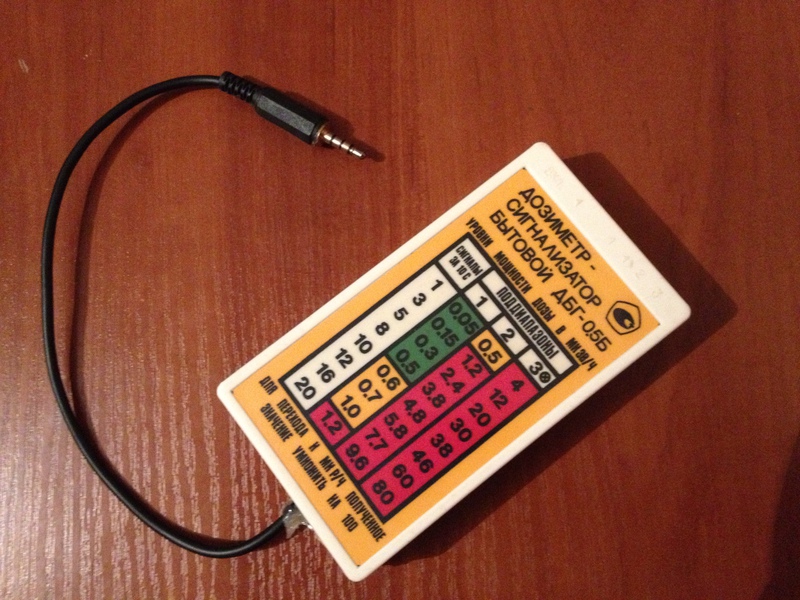
The following is the connection and configuration of the dosimeter in the GeigerBot application.
What really surprised me was the abundance of settings in the application. In my opinion, there are only two main settings:
1) The volume threshold is the level of the incoming signal at which the quantum will be counted by the counter; the application has a special graph that displays the level of the current signal and a level line along which the counter counts the quantum. Alternatively, you can still trust the application and set this setting to the machine.

2) Conversion coefficient - perhaps the most important setting for the dosimeter, indicates how to convert signals to already known units (Sievert, X-rays, etc.)

To calculate this coefficient according to the already existing table on the dosimeter is quite simple, you just need to indicate how many signals per second the dosimeter will give when the dose of equivalent radiation is 10 μSv / h. Taking into account the fact that my dosimeter in the first range gives 16 signals in 10 seconds provided that the dose of equivalent radiation is 1 μSv / h, it means that it will give 1.6 signals in 1 second at a dose of 1 μSv / h and 16 signals per second with equivalent dose of 10 μSv / h.
Now we check the device in practice:
This is a stella at the entrance to the city of Pripyat, the background is 0.22 mkSv / h, which is approximately equal to 22 mkR / h.

At the entrance to the

Radioactive Moss Station in Pripyat, the equivalent dose is 119 μR / h.
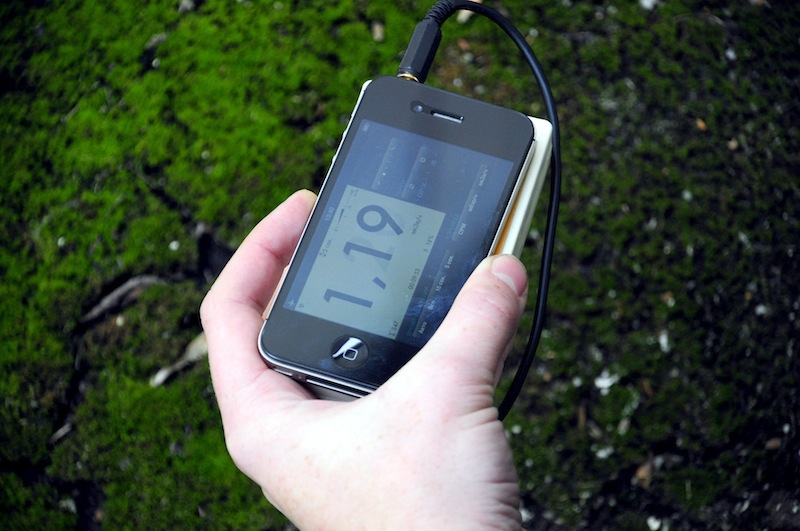
The photo was taken near a kindergarten, 12 kilometers from the station, there is a drain in this place where radioactive water flowed after the accident, now 109 micro-roentgen shines in this place
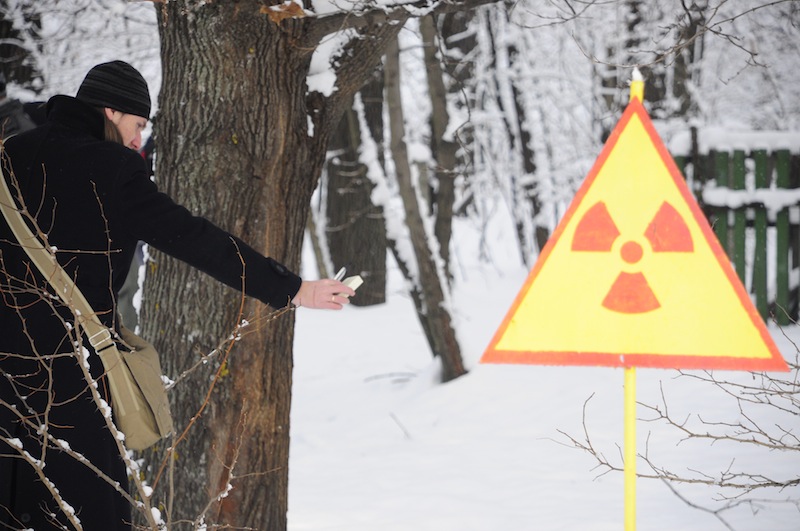
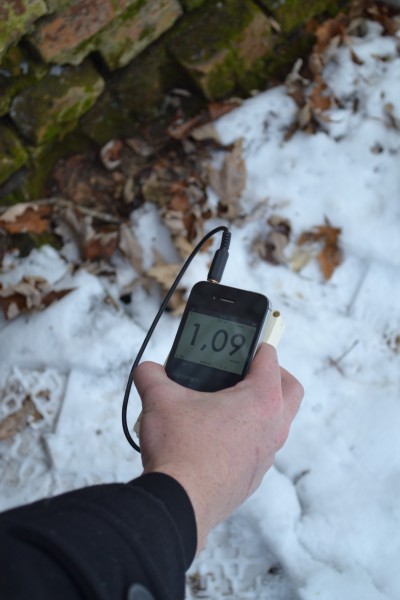
The last photo was taken by one of the guys who were with us on the tour. The foreigners in the group looked at the device with surprise and apprehension, and constantly asked what it was and where it came from.
Thanks to all. If you have questions, ask in the comments.
UPD As promised photo of the insides
